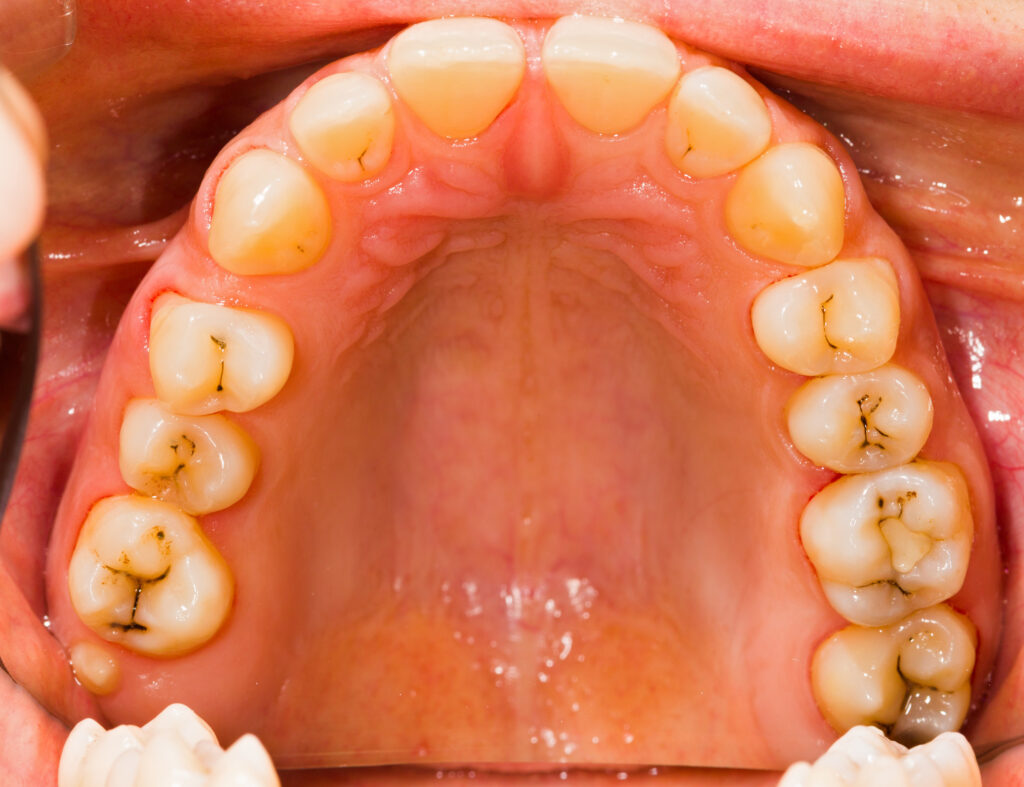Premium Dental Care
Contact Us
Mon - Fri
9:00am to 5:00pm
9:00am to 5:00pm

Enamel erosion is the gradual loss of the outer layer of the tooth, called enamel, due to various factors such as acid exposure, tooth grinding, or aggressive brushing. It can lead to tooth sensitivity, discoloration, and increased risk of cavities. Here are some common treatments for enamel erosion:
Call us for a consultation with one of our dentists for an accurate diagnosis and personalized treatment plan based on the severity of enamel erosion.
Enamel erosion can be caused by various factors, including acidic foods and beverages, frequent consumption of sugary or acidic substances, acid reflux, teeth grinding (bruxism), and certain medications.
Common signs of enamel erosion include tooth sensitivity, tooth discoloration, rounded or transparent edges of teeth, cracks or chips on the tooth surface, and increased risk of cavities.
Enamel erosion cannot be reversed since enamel does not contain living cells. However, early-stage erosion can be managed with preventive measures to prevent further damage.
Treatment for enamel erosion involves protecting the remaining enamel, addressing the underlying cause, and preventing further erosion. It may include dental bonding, dental crowns, fluoride treatments, and lifestyle changes.
To prevent enamel erosion, limit acidic and sugary food and drink consumption, use a straw for acidic beverages, practice good oral hygiene, wear a mouthguard for teeth grinding, and visit your dentist regularly.
Yes, enamel erosion can lead to tooth sensitivity because it exposes the dentin layer, which contains sensitive nerve endings. Addressing enamel erosion can help reduce sensitivity and protect the teeth.
Don’t wait any longer. Contact us today to set you your appointment. Our dental professionals are ready to assist you.